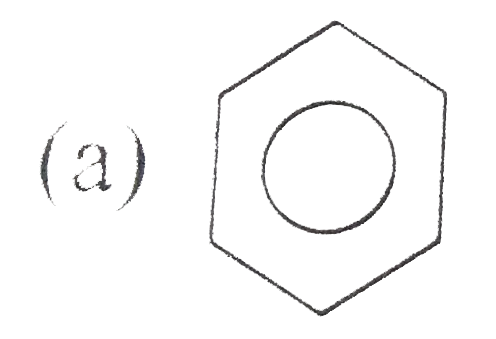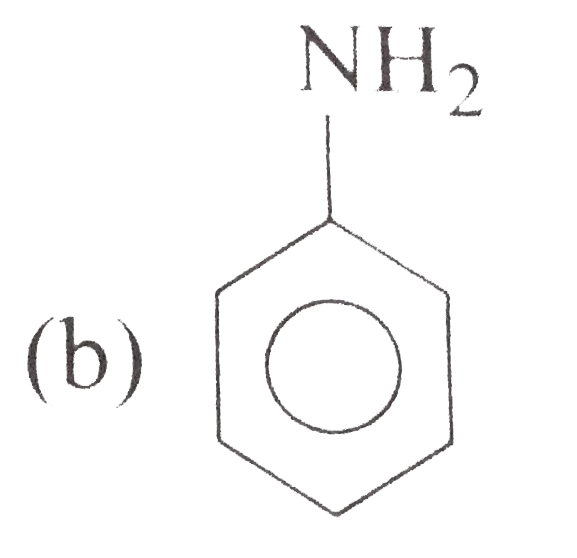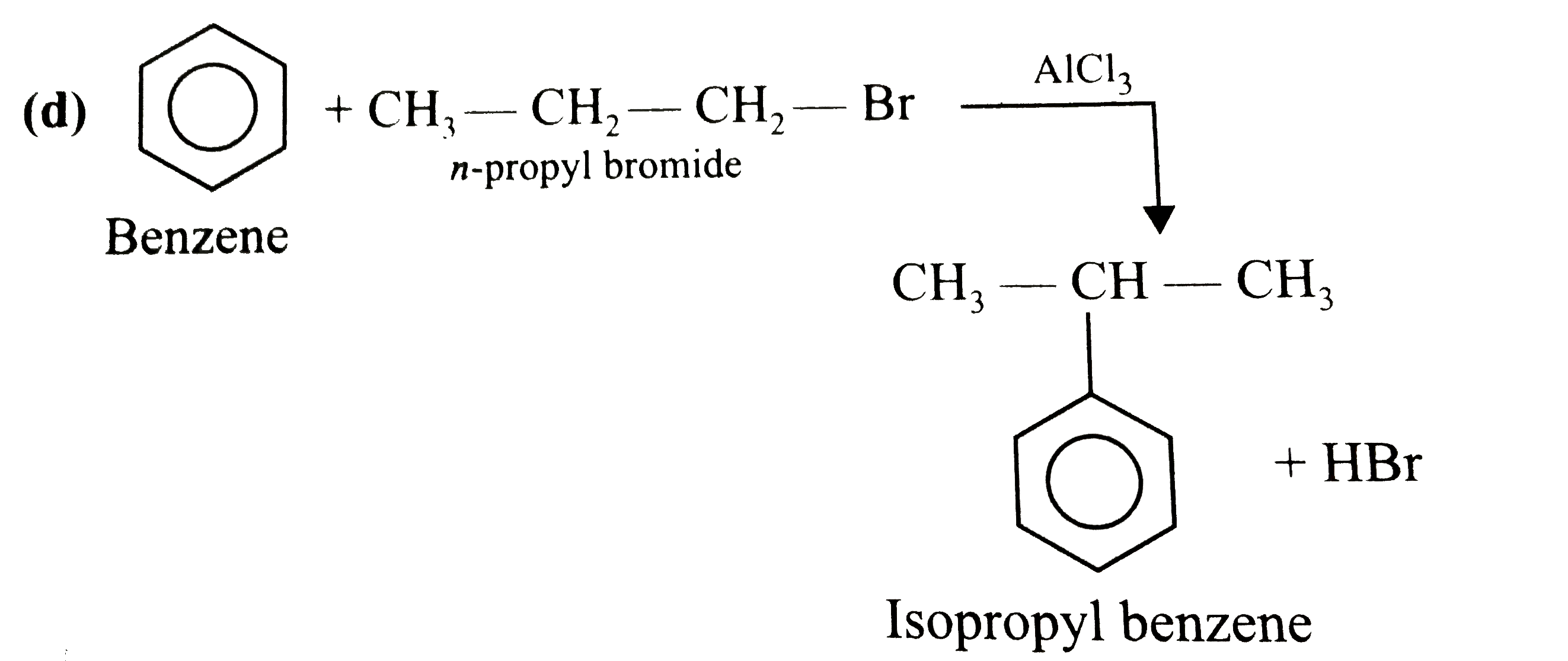In presence of AICI3 benzene and n-propyl bromide react in Friedel-Crafts reaction to from .
A
n-propyl benzene
B
1,2dinormal propyl benzene
C
1,4dinormal propyl benzene
D
Isopropylbenzene
Video Solution
Text Solution
The correct Answer is:D
|
Topper's Solved these Questions
- ORGANIC COMPOUNDS CONTAINING HALOGENSBOOK - A2ZCHAPTER - ORGANIC COMPOUNDS CONTAINING HALOGENSEXERCISE - Section B - Assertion Reasoning
16 Videos
- ORGANIC COMPOUNDS CONTAINING HALOGENSBOOK - A2ZCHAPTER - ORGANIC COMPOUNDS CONTAINING HALOGENSEXERCISE - AIPMT/NEET Questions
14 Videos
- ORGANIC COMPOUNDS CONTAINING HALOGENSBOOK - A2ZCHAPTER - ORGANIC COMPOUNDS CONTAINING HALOGENSEXERCISE - Methods Of Preparationof Haloarenes
19 Videos
- MOCK TESTBOOK - A2ZCHAPTER - MOCK TESTEXERCISE - Mock Test 2
45 Videos
- ORGANIC COMPOUNDS CONTAINING NITROGENBOOK - A2ZCHAPTER - ORGANIC COMPOUNDS CONTAINING NITROGENEXERCISE - Section D - Chapter End Test
30 Videos
Similar Questions
Knowledge Check
Friedel-Crafts reaction is not given by:
A B
B C
C D
D
The reagent used for Friedel-Craft's reaction is :
ADry etherBAlCl3CAnhydrous AlCl3DP2O5In a Friedel-Crafts reaction, the electrophile is:
ACl−orX−BCH+3orCH3CO+CCH3ClDCH3COCl
In Friedel Craft reaction the electrophilie is
View SolutionThe function of AlCl3 in Friedel-Craft's reaction is to
View Solutionn-propyl bromide reacts with aqueous KOH to form:-
View SolutionThe function of anhydrous AlCl3 in Friedel-Crafts reaction is
View Solutionn- Prophylbenzene can be obtained in quantitative yield by
(i)treating benzene with n-propyl chloride in presence of AICI3
(ii)treating excess of benzene with n - prophyl chloride in presence of AICI3
(iii) treating benzene with allyl chloride in presence of AICI3 followed by reduction
(iv)treating benzene with propionyl chloride in presence of AICI3 followed by Clemmensen reduction
View Solution

